Forget Waiting for Spring: Your Guide to a Killer Winter Vegetable Garden
A lot of gardeners see the first hint of autumn chill and immediately start thinking about packing it all in for the year. I get it. For a long time, my own gardening calendar was all about the summer show-offs: big red tomatoes, peppers, and sprawling squash vines. When the days got shorter, I’d clean my tools, cover the beds, and just… wait. It felt like such a long time until spring.
In this article
- So, How Do They Not Die? The Science Bit
- Your Two Most Important Data Points
- Prepping the Garden Bed for Winter
- Gear Up: My Favorite Season-Extending Tricks
- Your Winter All-Stars: What to Actually Plant
- No Yard? No Problem. Winter Gardening on a Balcony
- A Final Word on Staying Safe and Realistic
- Galerie d’inspiration
But then a wise old farmer I knew completely changed my perspective. He saw me packing up one fall and just laughed. He walked me over to his own garden, which was bursting with life—deep green kale, sturdy leeks, and the feathery tops of carrots peeking right out of the soil. That’s when it clicked. The garden doesn’t shut down in the fall; it just shifts gears.
Winter gardening isn’t about some epic battle against the cold. It’s about working with it. It’s about picking the right plants and giving them a little help to not just survive, but actually thrive in lower temperatures. The amazing part? Many of these crops don’t just endure the frost; they get sweeter and more flavorful because of it. This guide is built on years of trial and error—plenty of successes, and believe me, plenty of failures too. I’m talking entire beds lost to soggy soil and the pure joy of pulling a perfect carrot out from under a blanket of snow. Let’s get into the practical stuff that really works.
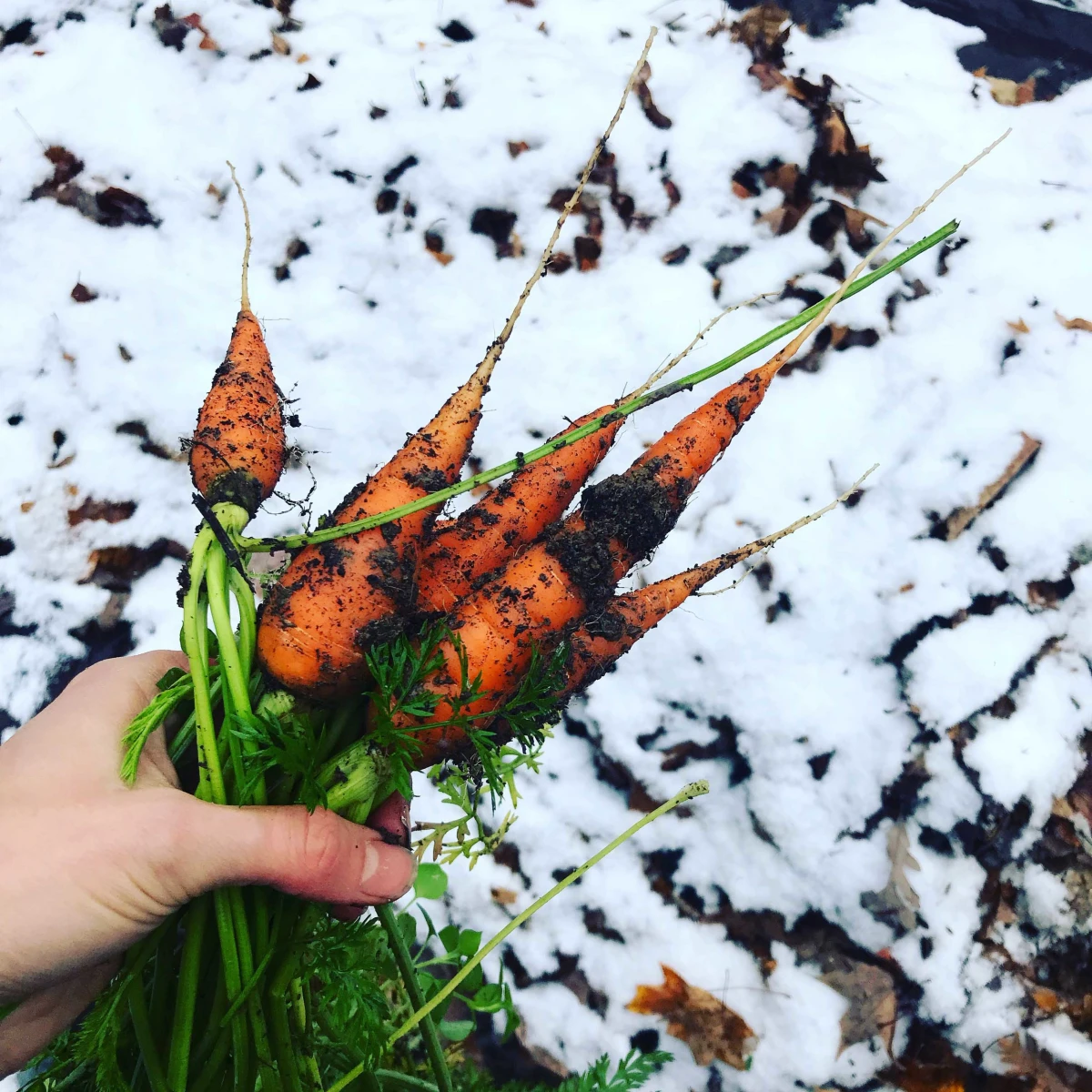
So, How Do They Not Die? The Science Bit
Ever wonder why some plants turn to mush at the first sign of frost while others seem to shrug it off? It’s not magic, just some really clever plant biology. Plants are full of water, and when that water freezes, it forms sharp little ice crystals that shred plant cells from the inside out. Game over.
But cold-hardy plants have a superpower. As the temperature drops, they start converting their internal starches into sugars. This sugary sap acts like a natural antifreeze, lowering the freezing point of the water in their cells and protecting them from damage. And the happy side effect for us? That’s why your kale, carrots, and parsnips taste so much sweeter after a few good frosts. The plant is literally making itself delicious to survive. Good to know, right?
Your Two Most Important Data Points
Before you plant a single seed, you need to know two things. Seriously, don’t skip this.
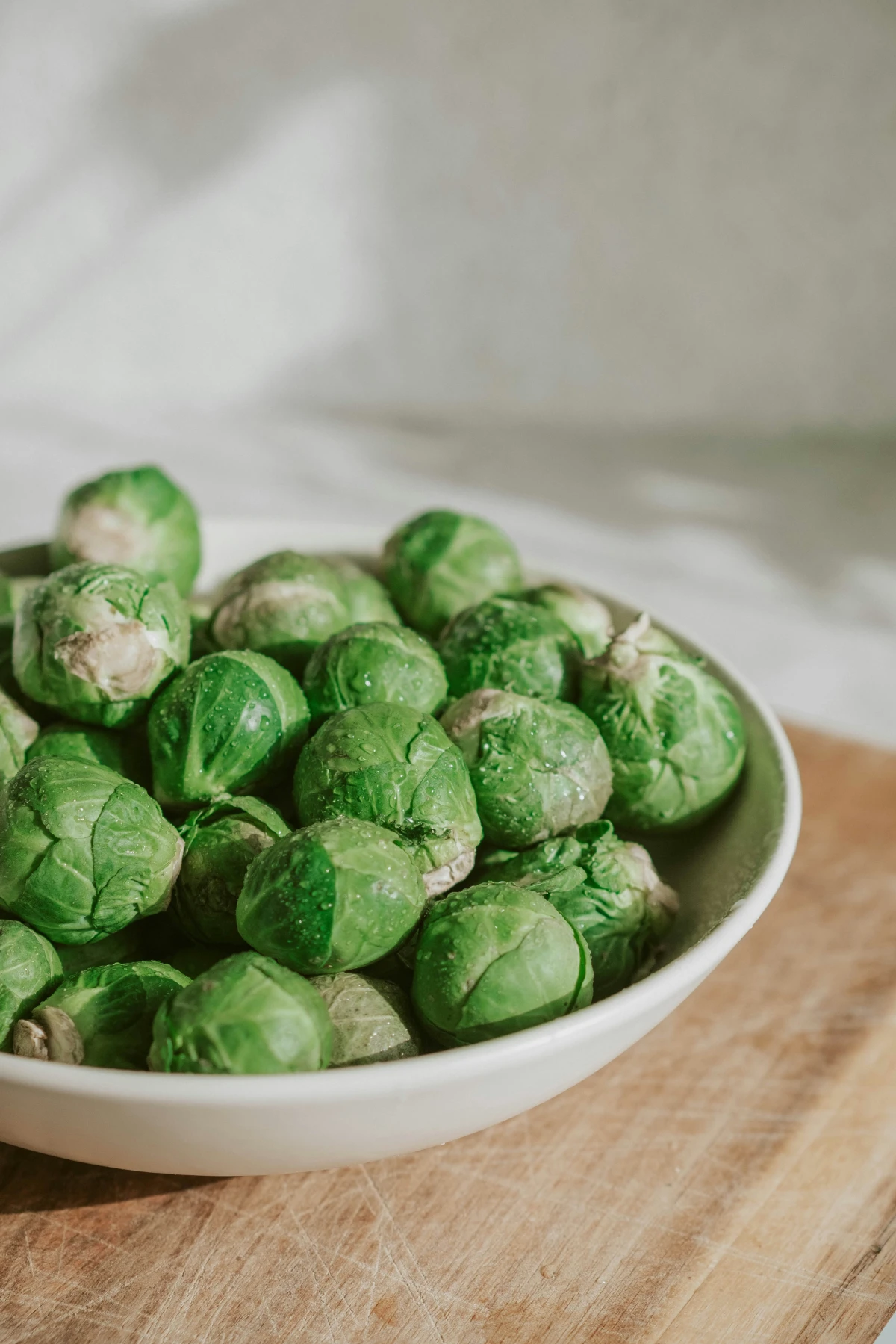
First, you need to know your Plant Hardiness Zone. This is a standardized map that divides the country into zones based on the average coldest winter temperatures. You can find yours instantly by searching for the “USDA Plant Hardiness Zone Map” and popping in your zip code. Knowing your zone (say, Zone 7 vs. a much colder Zone 5) tells you which plants have a fighting chance of surviving in your backyard. It’s the baseline for everything.
Second, you need to find your average first frost date. This is your deadline. Many winter crops need to be planted 10-12 weeks before this date to get big enough to survive the deep cold. Just search online for a “frost date calculator” and you’ll find it for your town. This date dictates your entire fall planting schedule.
Prepping the Garden Bed for Winter
A great winter garden actually starts in late summer. What you do then sets the stage for success or failure when the cold really hits. You can’t just wing it.
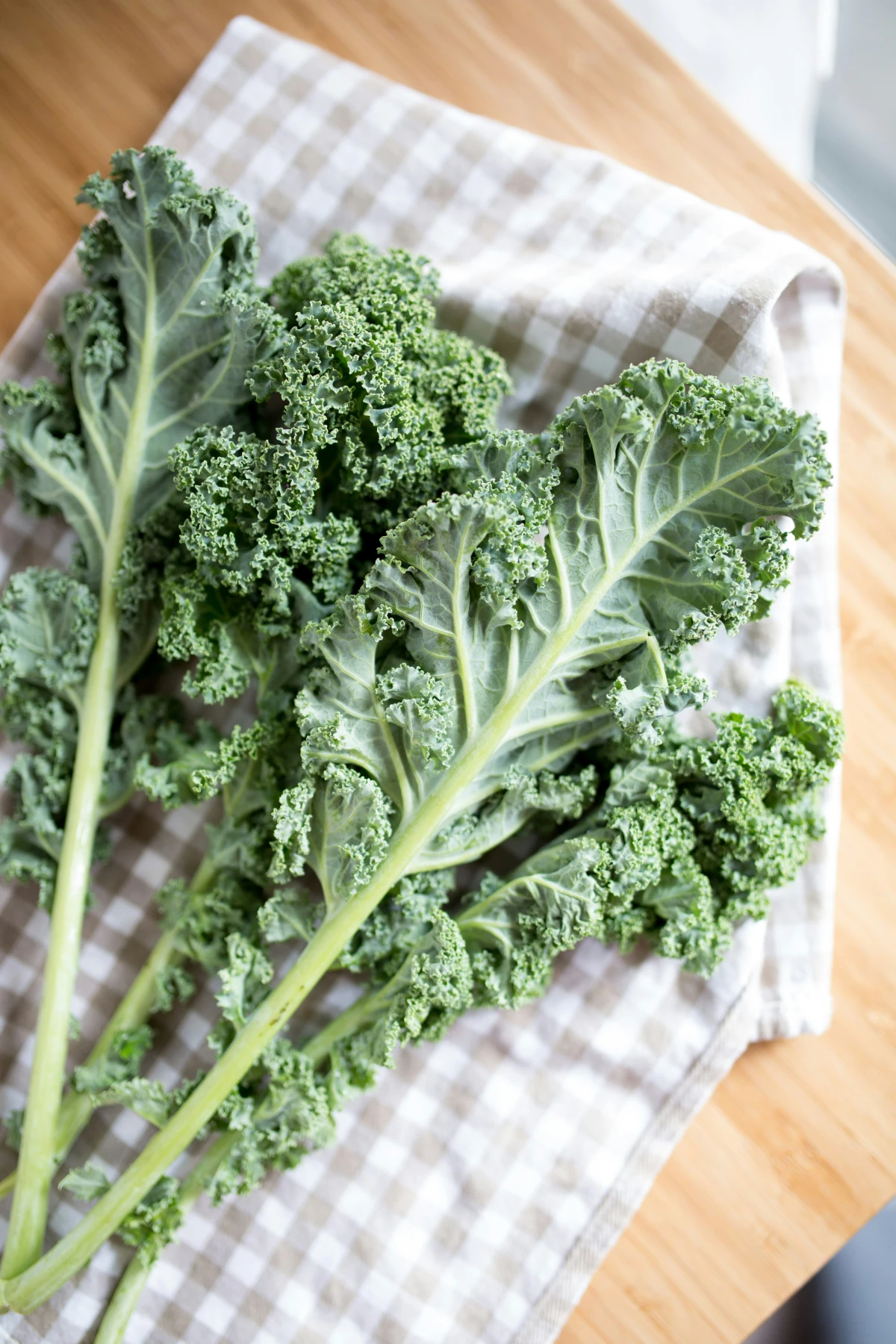
Your number one priority is drainage. Cold, wet soil is a death sentence; it rots roots way faster than the cold can freeze them. If you have heavy clay soil, amending it is a must. I usually add a two-inch layer of good compost in late August or early September. It improves soil structure for better drainage and provides a slow, steady supply of nutrients. Oh yeah, and I also add a bit of bone meal. This gives the plants a boost of phosphorus, which is awesome for strong root development—exactly what you want for winter.
A common mistake is using a high-nitrogen fertilizer in the fall. That encourages a lot of leafy new growth that is super tender and will get zapped by the first hard frost. Stick to compost and root-focused amendments.
And where you plant matters. The winter sun is low and lazy. A spot that’s a sun trap in July might be in shade all day in December. You need a location that gets at least 6 hours of direct sun. Wind is the other enemy. A constant, cold wind can dehydrate plants and make it feel much colder than it is. The south side of a house, a fence, or a hedge is perfect. If you don’t have a natural windbreak, you can make one with a few stakes and some burlap.
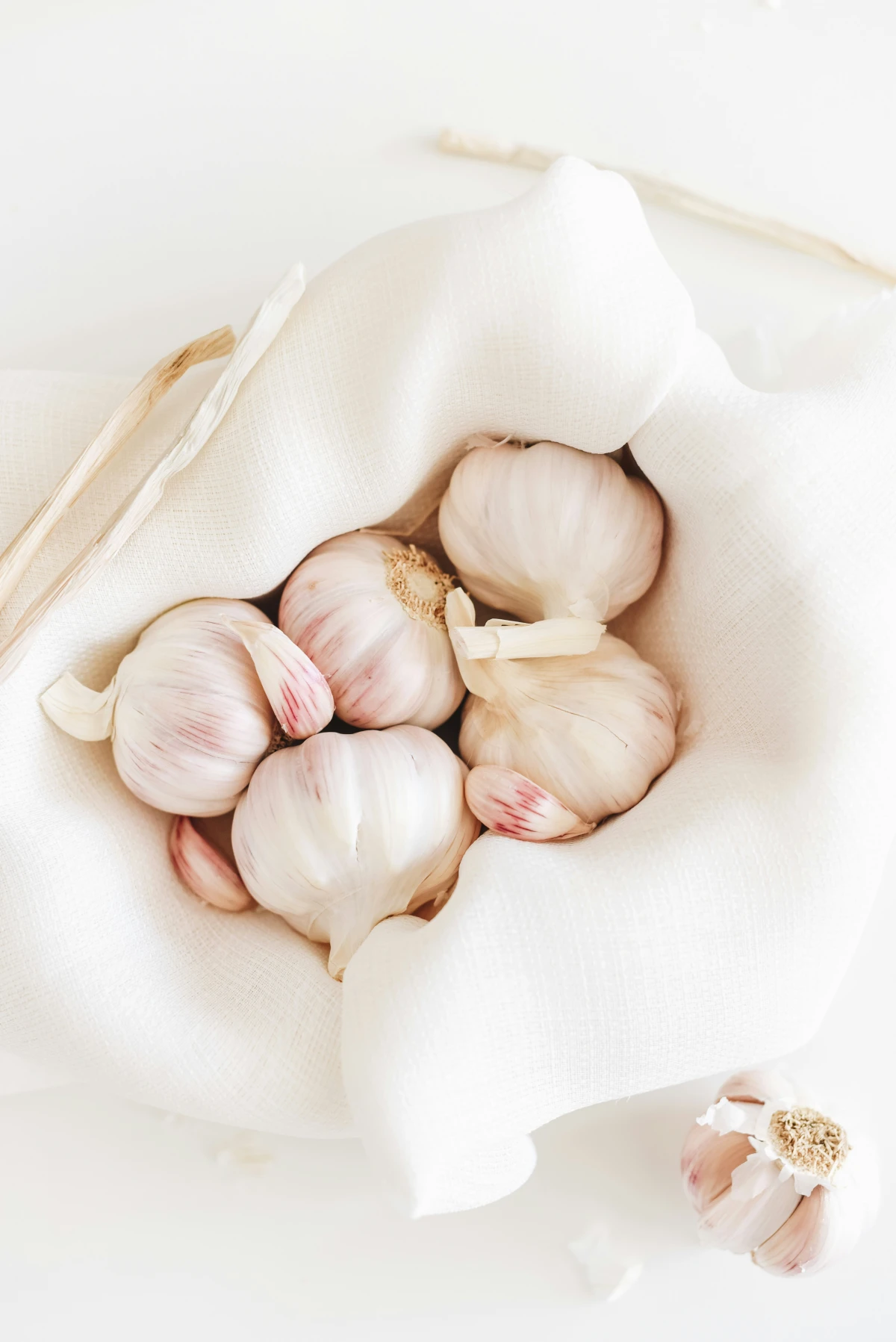
Gear Up: My Favorite Season-Extending Tricks
Beyond just planting, a few simple tools can create cozy microclimates for your veggies, extending your harvest season by months. Here’s a breakdown of the main options:
- Cold Frames: Think of a cold frame as a mini-greenhouse. It’s just a bottomless box with a clear, slanted lid. You can build one with scrap wood and an old window, or get a bit fancier. A well-placed cold frame can keep the air and soil inside 10-20°F warmer than the outside. They are PERFECT for growing salad greens like spinach and lettuce all winter. Heads up! You have to remember to vent the lid on sunny days, even in winter. It can get hot enough inside to cook your plants.
- Low Tunnels: This is my go-to for covering a whole garden bed. They are super easy to make. You just bend some 10-foot PVC pipes over the bed, stick the ends onto rebar stakes hammered into the ground, and drape it with a special fabric called a row cover. The whole setup for a standard bed might cost you $40-$50. You can get different weights of row cover—a light one for a few degrees of frost protection, and a heavy one that can add 6-8°F of warmth. I get mine online or at a local garden supply store.
- A Thick Blanket of Mulch: This is the simplest and cheapest method, especially for root crops. For things like carrots and parsnips, just leave them in the ground. After a couple of light frosts but before the ground freezes solid, cover the entire bed with a super thick layer (12-18 inches) of straw or shredded leaves. This insulates the ground, keeping it from freezing. You can literally dig down through the mulch in January, pull up unfrozen soil, and harvest perfectly crisp carrots.
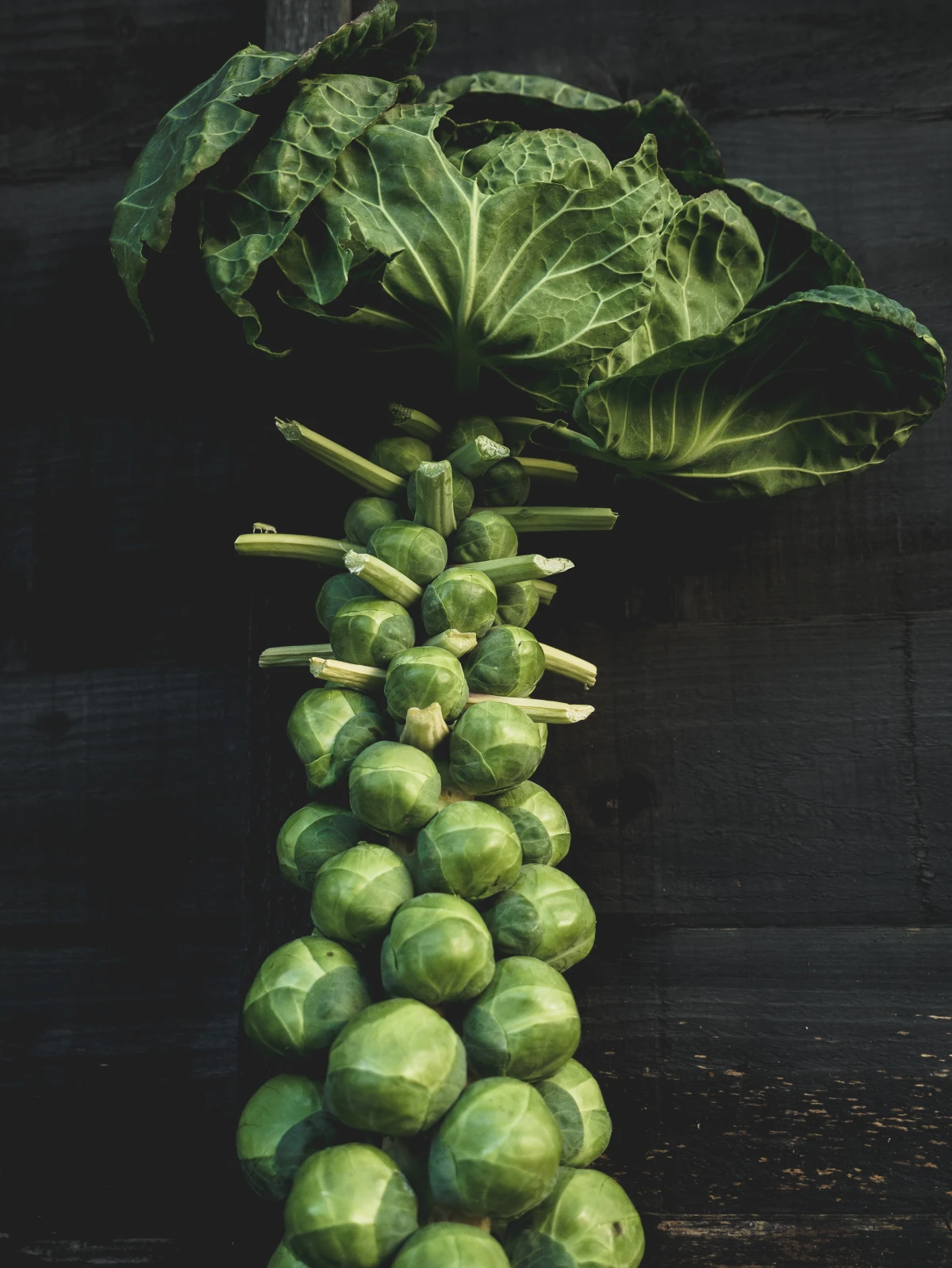
Your Winter All-Stars: What to Actually Plant
Okay, let’s talk about the real heroes of the winter garden. These are the plants I rely on year after year.
Kale: The undisputed king. It’s tough, productive, and gets sweet after a frost. ‘Winterbor’ is a classic curly variety that’s incredibly hardy. For something a little different, try ‘Lacinato’ (or Dinosaur) kale.
Garlic: This is the easiest, most rewarding thing you can plant. CRITICAL TIP: Do NOT plant cloves from the grocery store. They are often treated to prevent sprouting and are usually softneck varieties not suited for cold climates. Buy certified seed garlic from a reputable online supplier or a local nursery. You want hardneck varieties like ‘German Extra Hardy’ or ‘Music’ for cold regions. Plant the individual cloves in the fall, a few weeks after your first frost, cover with mulch, and forget about them until next summer.
Carrots: Pulling a sweet carrot from cold winter ground is pure magic. For overwintering, go with stout varieties like ‘Danvers’ or ‘Napoli’. They hold up better than long, skinny types. Here’s my foolproof method for winter harvesting:

My Super-Simple 4-Step Guide to Mulching Carrots:
- Plant your carrots in late summer so they reach a decent size by late fall.
- Leave them in the ground after the first couple of frosts. The cold is making them sweeter!
- Before the ground freezes solid, cover the bed with a massive 12-18 inch pile of straw or shredded leaves. Don’t be shy with it.
- When you want carrots, just go out, pull back a section of mulch, and dig them out of the unfrozen soil below. Done!
Spinach: A fall planting of a hardy variety like ‘Bloomsdale’ can give you greens for months. It grows fast in the cool weather. If you protect it with a low tunnel or cold frame, you can be harvesting all winter in many climates. Use scissors to snip the outer leaves, and the plant will keep making new ones from the center.
Leeks: These guys are way tougher than onions and have a fantastic, mild flavor. Varieties like ‘Bandit’ or ‘Blue Solaise’ are incredibly cold-hardy. They are a long-season crop, so you’ll plant them in early summer, but they can be harvested right through the winter.
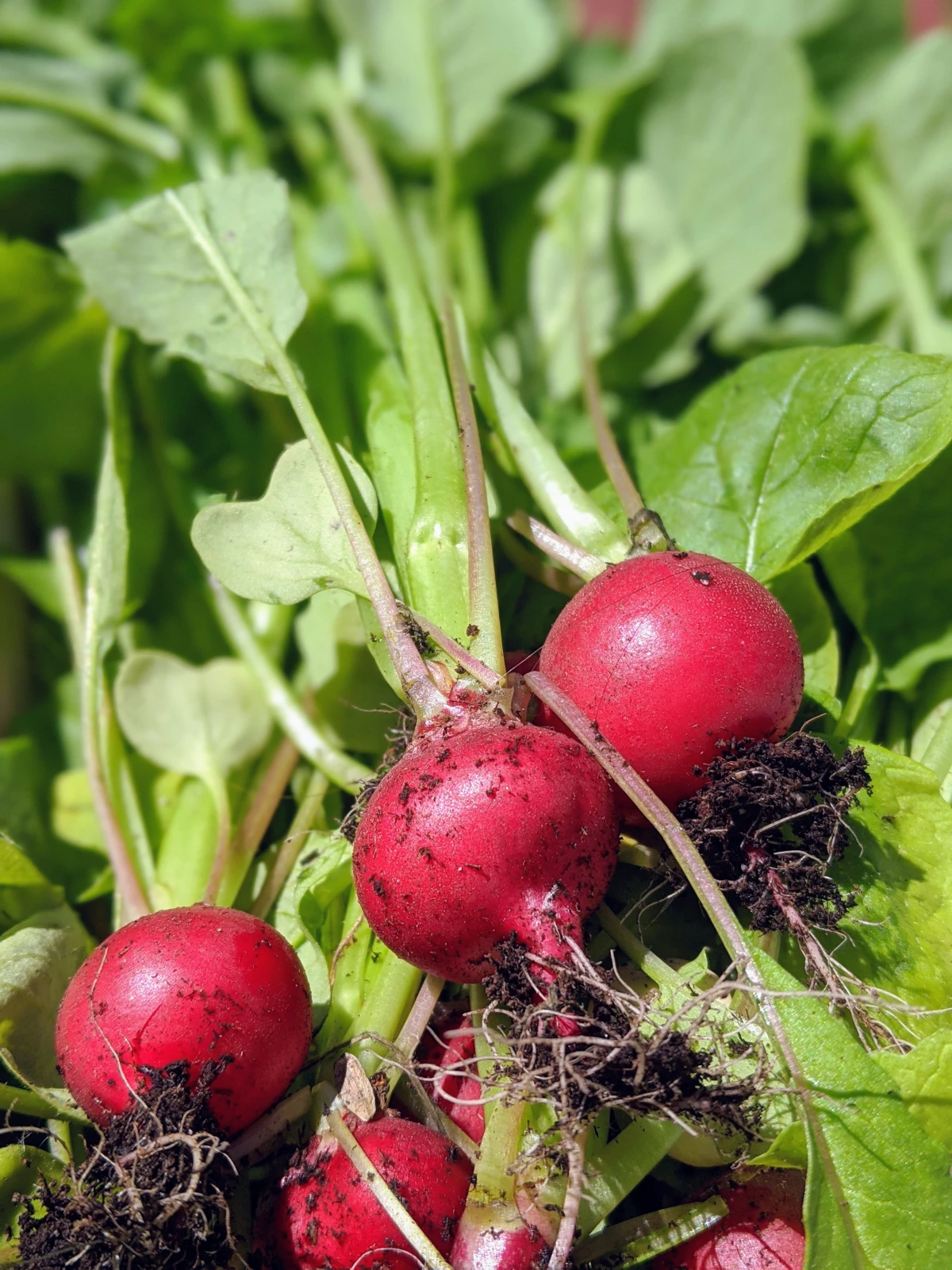
Mache (or Corn Salad): This is my secret weapon for beginner winter gardeners. It’s a small, tender green with a nutty flavor that is ridiculously cold-tolerant. You just scatter the seeds over a bed in September, and it pretty much takes care of itself. It will often survive unprotected even in very cold zones.
No Yard? No Problem. Winter Gardening on a Balcony
Don’t think you’re left out if you only have a patio or balcony. You can absolutely do this! The key is that pots and containers freeze much faster than the ground, so a little protection goes a long way. Grouping pots together against the warmest wall of your house helps. You can even wrap them in burlap or bubble wrap for extra insulation.
So what should you grow? Mache is an absolute winner for pots. Spinach also does great. You could even try a smaller kale variety in a large pot (at least 5 gallons). Just remember to keep an eye on the watering. Even in winter, containers can dry out, especially on a windy day. Stick your finger an inch into the soil; if it’s dry, it’s time to water.
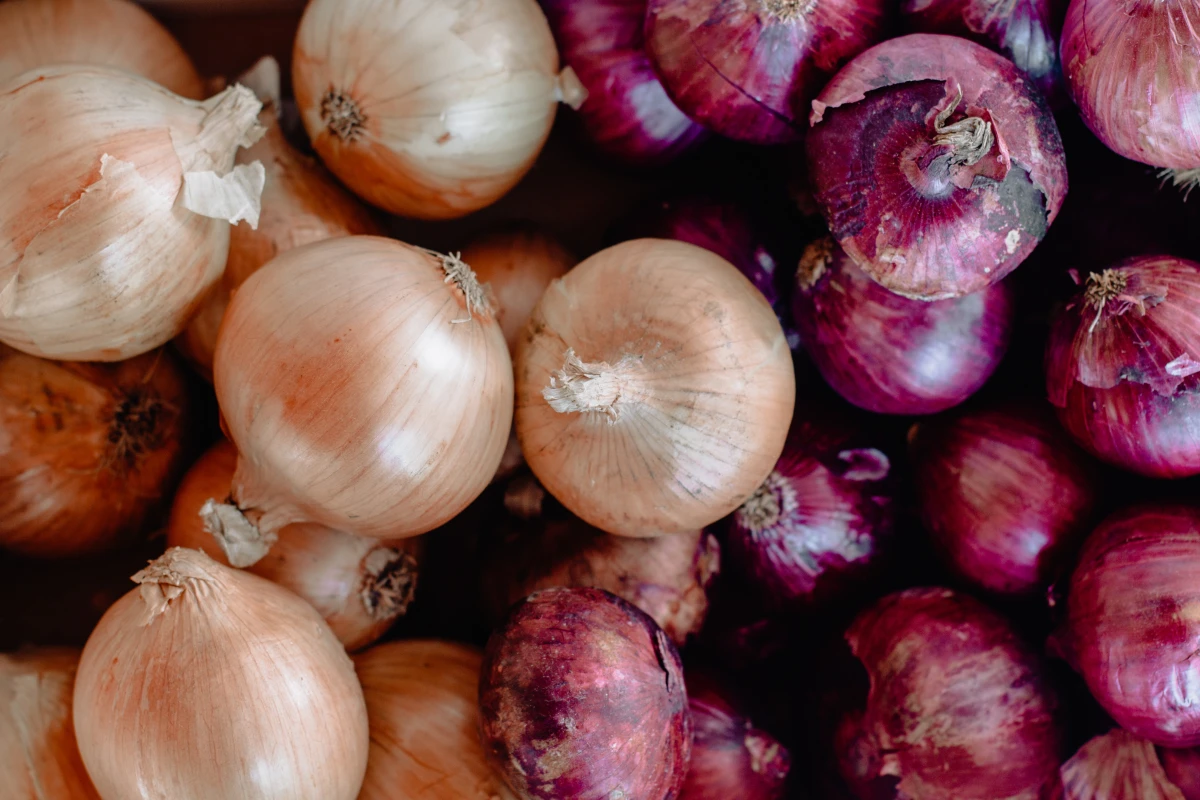
A Final Word on Staying Safe and Realistic
Just a couple of final thoughts. Always dress in layers—you’ll get warmer than you think working out there. And please, invest in good waterproof, insulated gloves. Cold, fumbling hands are how you get hurt.
And let’s be real. Your winter garden won’t be a jungle of overflowing produce like your summer one. Growth is slow, and sometimes things don’t make it. That’s perfectly fine. Success isn’t about a massive harvest. It’s about the quiet satisfaction of stepping outside in the cold and coming back with something fresh, green, and delicious that you grew yourself. It’s a whole different kind of gardening, and honestly, it might just become your favorite season.
Galerie d’inspiration
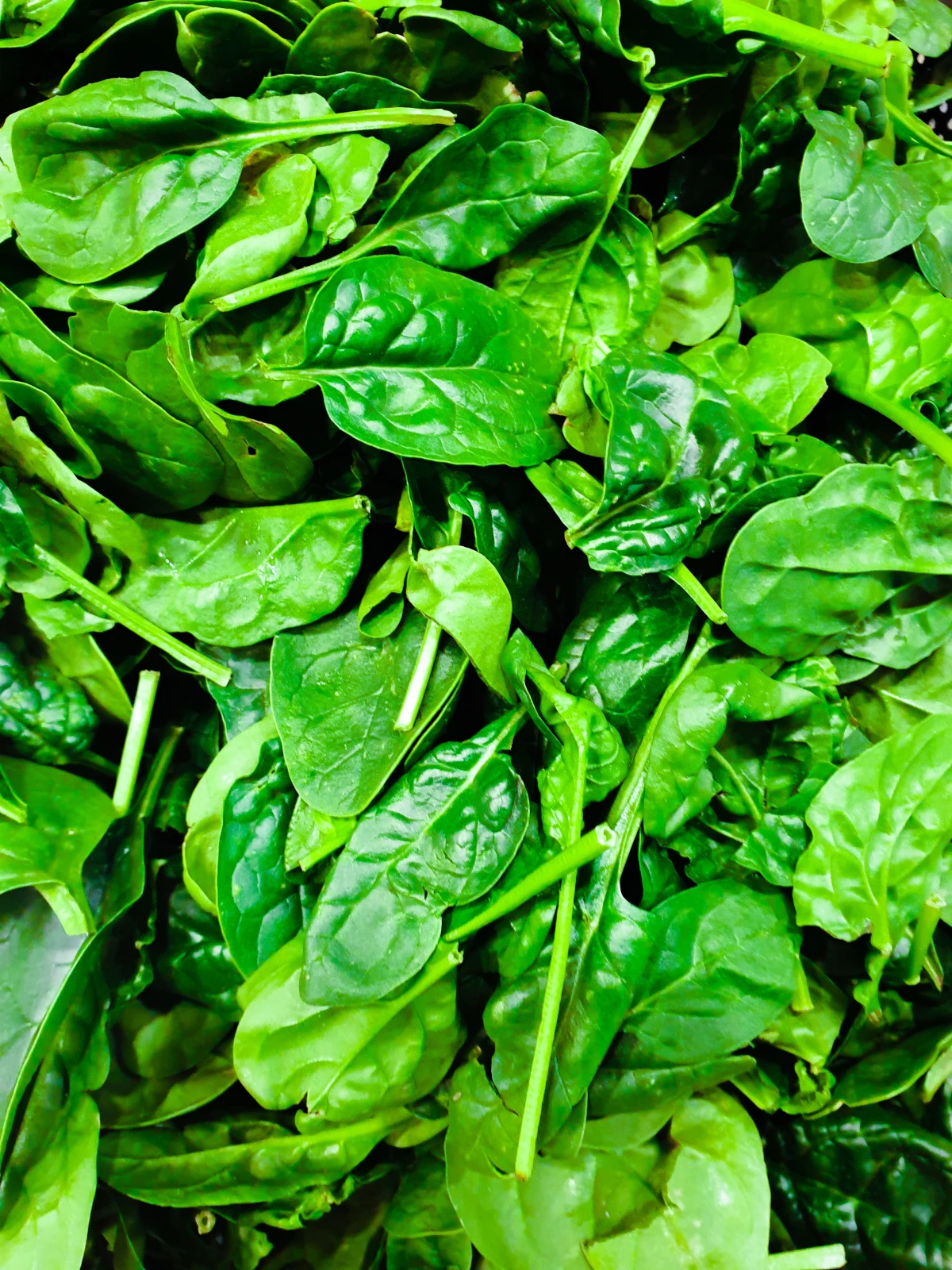
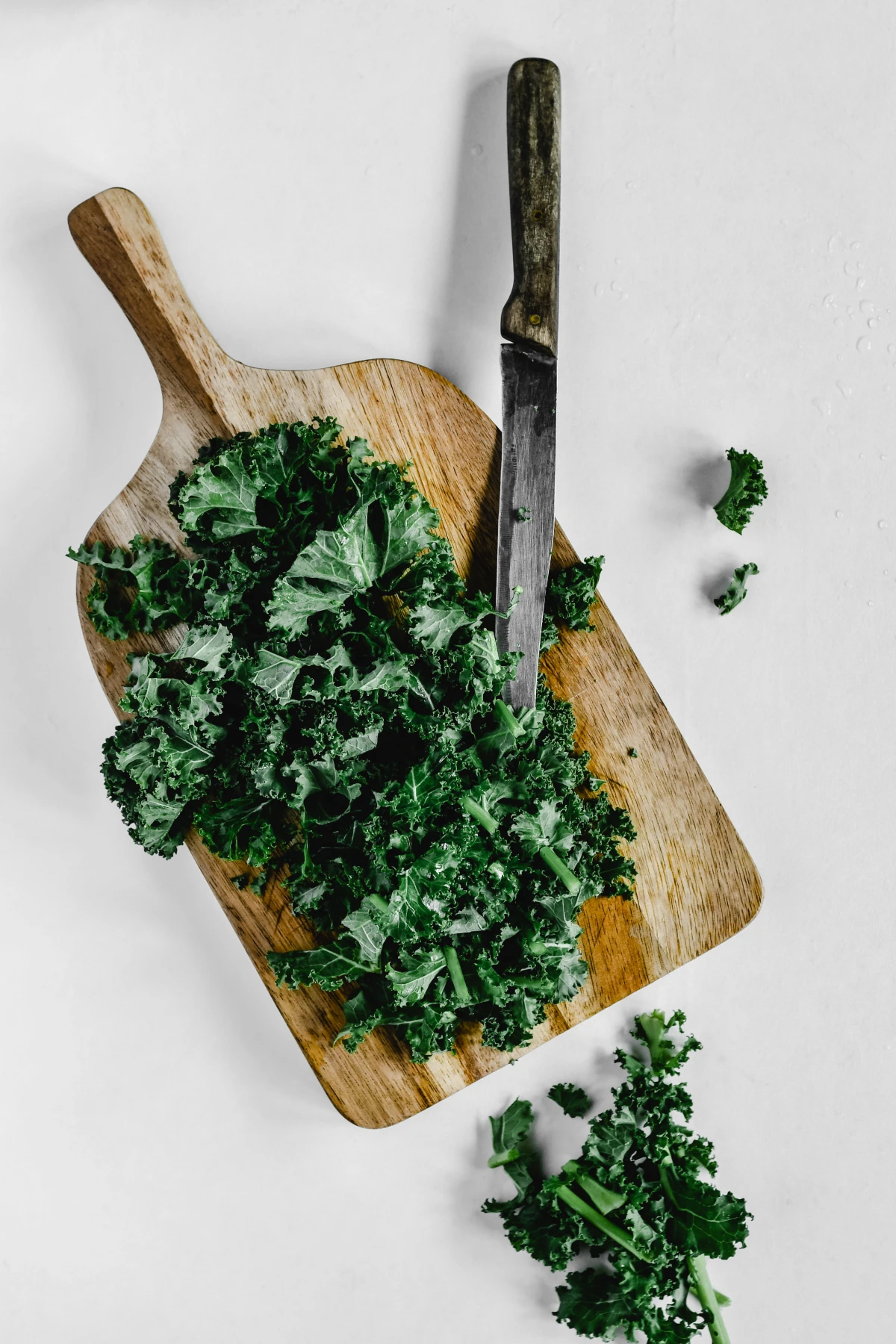
The Cold Frame: Think of it as a mini-greenhouse. A low-to-the-ground box with a clear top (often polycarbonate or glass), it creates a stable microclimate, perfect for hardening off seedlings or protecting sensitive greens like lettuce and spinach from harsh winds and deep freezes.
The Floating Row Cover: This is a lightweight, permeable fabric, like Agribon, that you drape over hoops or directly onto your plants. It lets in light and water but traps heat, offering a few degrees of frost protection. It’s incredibly versatile and easy to store.
For most beginners, a medium-weight row cover (like AG-30) offers the best balance of protection and value.
Did you know? The sugar concentration in a winter-harvested carrot can be almost double that of a summer one, reaching a Brix level (a measure of sugar content) of 10-12, comparable to a soft drink.
This natural ‘frost-sweetening’ isn’t just a fun fact; it’s a flavor strategy. To maximize it, leave carrots, parsnips, and leeks in the ground through several light frosts before harvesting. The cold is your secret ingredient, transforming their starches into sugars and delivering a taste you simply can’t buy at the supermarket.










